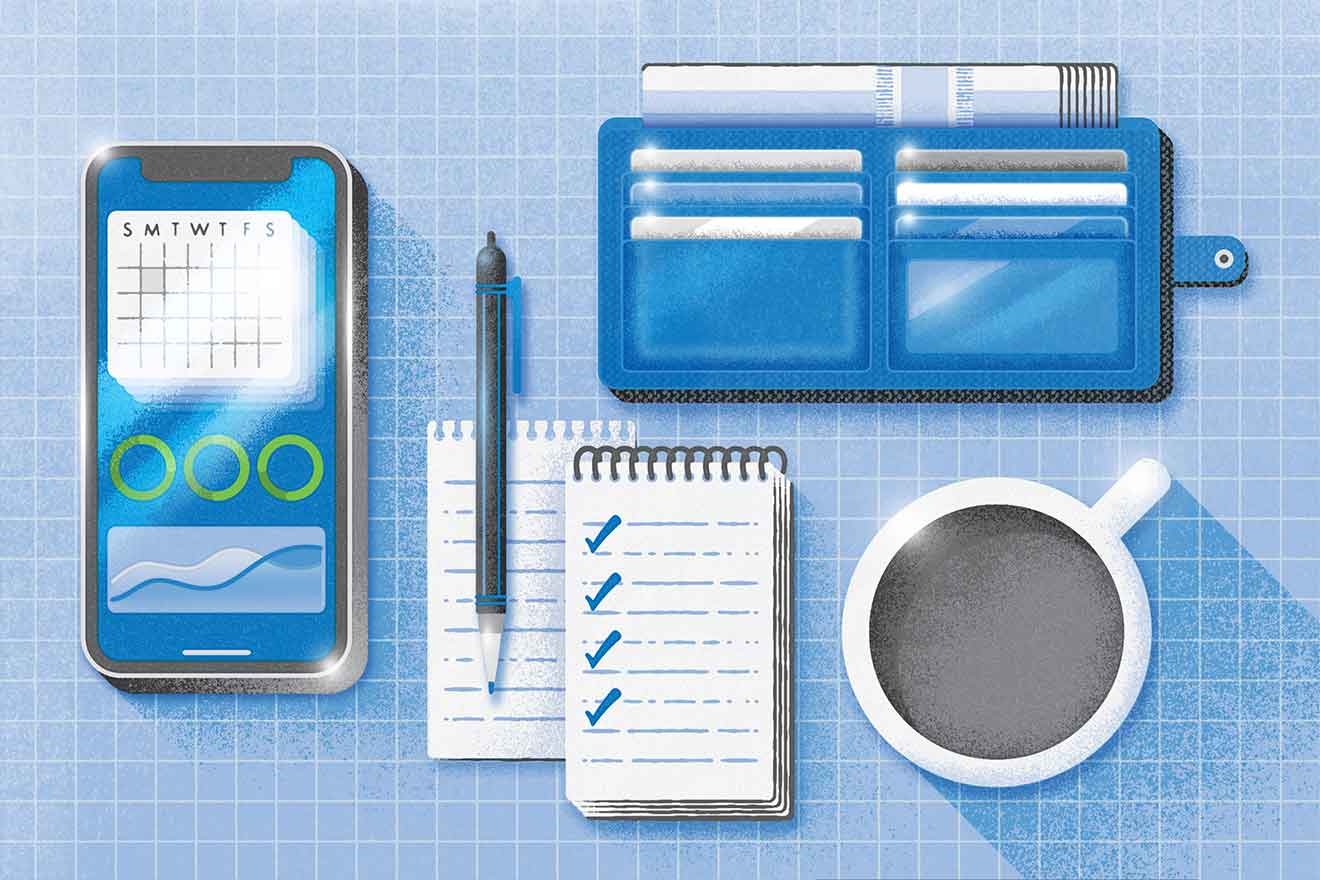At the start of each year you have the first 60 days to deposit money into your Registered Retirement Saving Program, or RRSP (otherwise known as the RRSP deadline). In early February you may start to wonder exactly how much you've contributed over the past year and how much room you (may) have left?
You're not alone. And we're here to answer common RRSP contribution questions to help you with your retirement planning.
How to calculate my RRSP contribution limit?
To calculate your annual contribution limit you'll need to know the amount of earned income you claimed on your previous year's income tax return. You can contribute as much as 18% of that amount toward your RRSP, up to the maximum limit set by the government. For example, if you earned $50,000 last year, your RRSP contribution limit would be $9,000.
It's a good idea to max out your contribution (or get as close as you can) for a simple reason — it reduces your taxable income! Tax savings aside, if you skip just one $5,000 contribution, you could reduce the value of your RRSP by almost $17,000 over 25 years, assuming a 5% average rate of return.
What happens to my unused contribution room?
Life happens. There might be times when, despite your best intentions, you won't be able to max out your RRSP contribution one year. Don't worry, it's possible to get back on track. The Canadian Revenue Agency (CRA) lets you carry forward your unused contribution room, meaning you can add this amount to your contributions for future years.
You can find out your unused RRSP contributions by checking your most recent Notice of Assessment, sent to you by the CRA after filing your income taxes.
How do I catch up on my contributions?
Even if money is tight, borrowing to make an RRSP contribution may make good financial sense — provided you pay down the loan quickly.
Even though the interest on a RRSP loan is not tax deductible, RRSPs might have enough tax advantages to make carrying short-term debt worthwhile. Not only will you receive an immediate tax deduction for your contribution, but your RRSP investment grows on a tax-deferred basis for as long as it remains in the plan. In most cases these benefits outweigh the short-term interest costs of the loan, plus you can use any tax refund you get to help pay it off.
A loan may be a good short-term option, but it's best to have a long-term plan in place that will help you continue contributing. Think of it this way, it’s more difficult to save thousands of extra dollars to top up your RRSP years down the road, than it is to make regular RRSP contributions now.
How can I set up regular contributions?
We all know it's easiest to accomplish a task that we don't have to think about. Here are a couple of ways to make contributing regularly a habit.
Take advantage of a group RRSP plan
Look into whether your employer offers a group retirement plan and speak with a designated representative about how to join. One of the biggest benefits of participating in a group plan is that your employer automatically deducts your contributions off of your pre-tax income. Since you only pay tax on the remaining amount, you'll have more money overall than you would if you contributed on your own.
| Group RRSP | Individual RRSP | |
|---|---|---|
| Monthly salary | $4,167 | $4,167 |
| Group RRSP contribution | $417 | $0 |
| Taxable income | $3,750 | $4,167 |
| Income tax deducted | $938 | $1053 |
| Take-home pay | $2,812 | $3,114 |
| Individual RRSP contribution | $0 | $417 |
| Take-home pay | $2,812 | $2,697 |
By joining a group plan, not only will you be contributing on a regular basis (without even having to think about it), you'll be taking home more money each month! If your employer doesn't already offer this benefit, Servus can set this up: there are no direct employer costs.
Consider a Pre-Authorized Contribution (PAC)
Using a PAC, you can automatically transfer a specific amount of money into your RRSP on a regular basis. By calculating your contribution limit ahead of time, you can set up your transfer frequency and amount to get you there by the end of the year. Using the previous example of a $9,000 limit, you could set up a PAC to transfer $375 every two weeks and at the end of the year you'd reach your limit.
A financial advisor can answer all your RRSP questions and help you build a plan to manage your contributions and maximize your tax efficiency — both now and in the long term.
If you're ready to start maximizing your RRSP contributions, you can do so quickly and easily though online banking.


